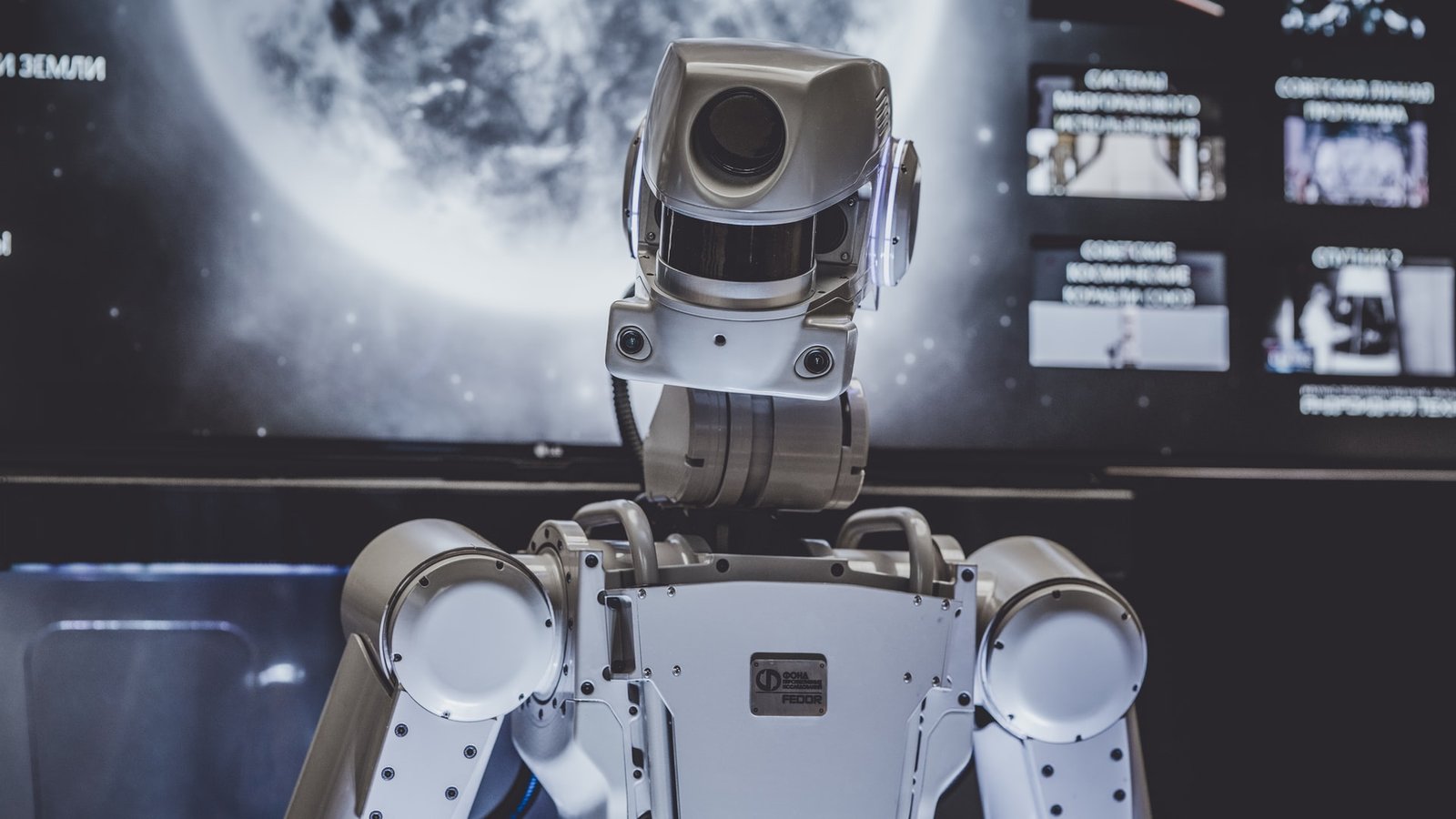Table of Contents
Introduction
Python is said to be one of the most inevitable skills for a career in data science. The first and the foremost thing that employers look for before recruiting a data scientist is his familiarity with the programming language of python. A report by Glassdoor notes that the minimum salary of a data scientist in 2021 was 100472 US dollars. This figure is expected to increase more than five times in the coming decade. Consequently, we may witness a large number of students making their way towards a career in data science.
It is in this context that python courses for data science become extremely crucial for professionals who aim to make an impact in data science. There are some of the fundamental steps that you need to follow if you embark on the journey of learning python on your own. In this article, we take a look at some of the most basic steps that you need to follow in a hierarchical manner for developing programming skills related to python.
Building fundamental concepts
The first important step towards building the fundamental concepts of python is to start with the Jupyter notebook. This has some important benefits. Firstly, it allows you to learn and understand python libraries and secondly, it allows you to give practical orientation to the critical knowledge that you may have learnt in the past. In addition to this, you may also like to join a community or an online platform that caters to the various resources which learners need during the course of preparation. One of the most important communities is called the Data Quest learner community. This community comprises aspiring data scientists from various countries, cultures and various universities. As such, the level of expertise that they bring to the table helps to benefit the overall community as various resources are shared online.
Start with small projects
Before handling large projects, it is important to start with small projects so as to harness your skills related to python language. There is not a very big gap between small projects and large projects in data science because both require the common programming skills of python. However, smaller projects are usually less time-consuming and allow the learner to gather feedback on the project in a short span of time.
The small projects that you can work on should be inspired by your own daily tasks. For instance, you may like to analyze your spending habits on an e-commerce website and group the data into separate categories. This personalization project can, later on, help you to work on a large project that may include deriving analytics of a large data set which may consist of thousands of entries related to financial transactions.
Another important project that you may work on may be related to the grouping of personal data of your relatives into discrete categories. You may limit the number of your relatives to less than fifty and collect data on parameters related to age, gender and occupation. This small project may act as a precursor to a larger project like the analysis of the population data or the application of the programming language of python on a very large data set derived from the census.
Gaining knowledge about libraries
Needless to mention, libraries are the most important components related to the programming language of python. There are 15 to 20 Python libraries in data science that aspiring data scientists should be aware of. However, you can start by making use of four important libraries in your mini project. Since NumPy is the most important library in data science, it helps you out with mathematical and statistical operations. Similarly, Pytorch, the second most important library, helps you to make sense of large data sets that are collected online. Matplotlib is the third important library in Python that makes the process of visualization easier and helps you to work with complicated data sets by generating pie diagrams and different charts. Scikit-learn is the fourth most important library in data science and is very important for handling various techniques and methodologies related to machine learning.
Conclusion: Signing off with a portfolio
The last important thing that you require to enter the field of data science is the creation of a portfolio. This portfolio keeps track of various projects that you have worked on and gives the employers an indication of the strong skills that you have developed. It is important to categorize your projects separately into data mining projects, data analytics projects and data visualisation projects in order to make your portfolio stand out from the rest.

